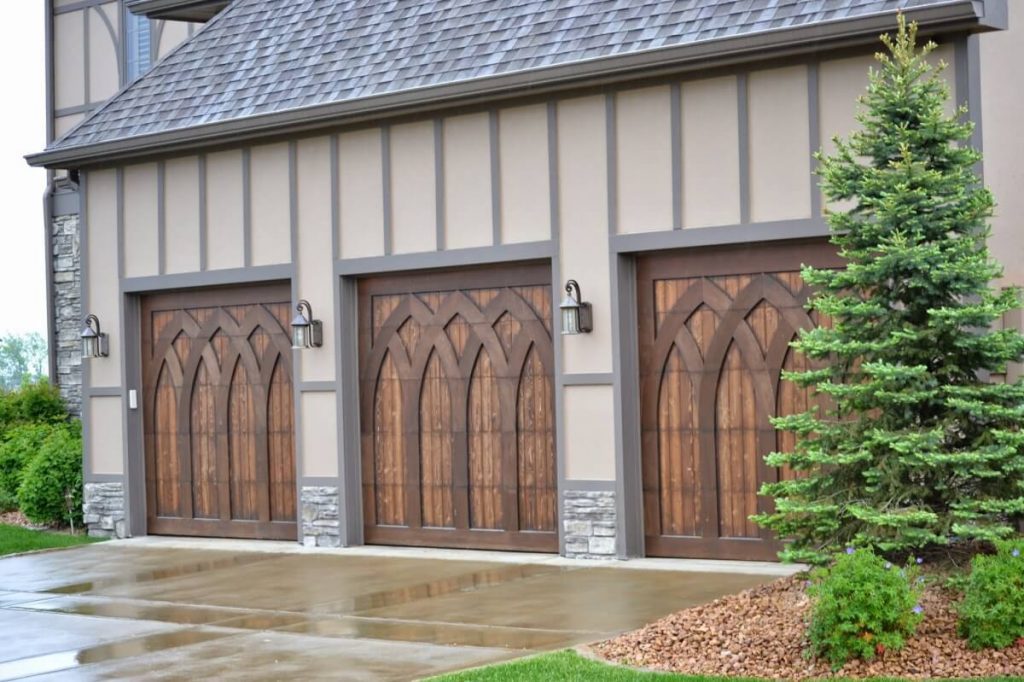Garage door springs provide an opposing force on the door so that they can easily and quickly open and close. Different types of springs can be installed in order to ensure the proper functioning of the door.
Three Popular Types of Garage Door Springs to Consider
Garage door springs are heavily used each time that your garage door opens and closes. They provide a counter force so that the door can easily glide up and down the tracks. When your garage door springs develop a problem, a company that performs Henderson garage repair services can replace them for you.
Standard Torsion Springs
Standard torsion springs are the most common type of spring that is used on a residential garage door. These items rotate a metal shaft that has drums on each end. The drums are attached to a cable that moves the garage door rollers on the tracks. Garage doors can have one or two of these springs. Installing two increases the safety of the garage door. If one spring breaks, the other one will help to hold the door up and prevent personal injuries and property damage.
Torque Torsion Springs
Specialty torsion springs include units with added torque control. These are helpful on large and heavy garage doors. The torque of the springs provides you with a stationary cone that is housed inside of the shaft. The cone helps to keep the spring secure and reduces its chance of snapping or rusting. These springs have a longer lifetime than standard parts.
Extension Springs
In addition to the torsion spring that is installed onto the garage door, most doors also have a pair of extension springs. These parts stretch and contract when the door opens or closes. The movement of the spring provides a counter balance to the movement of the door. Sectional extension units are the most commonly used in the United States. These products pull on the cables of the opener as the door moves further up or down on the tracks. They connect to an open-eye bolt that is attached to an angle iron on the door’s frame.






